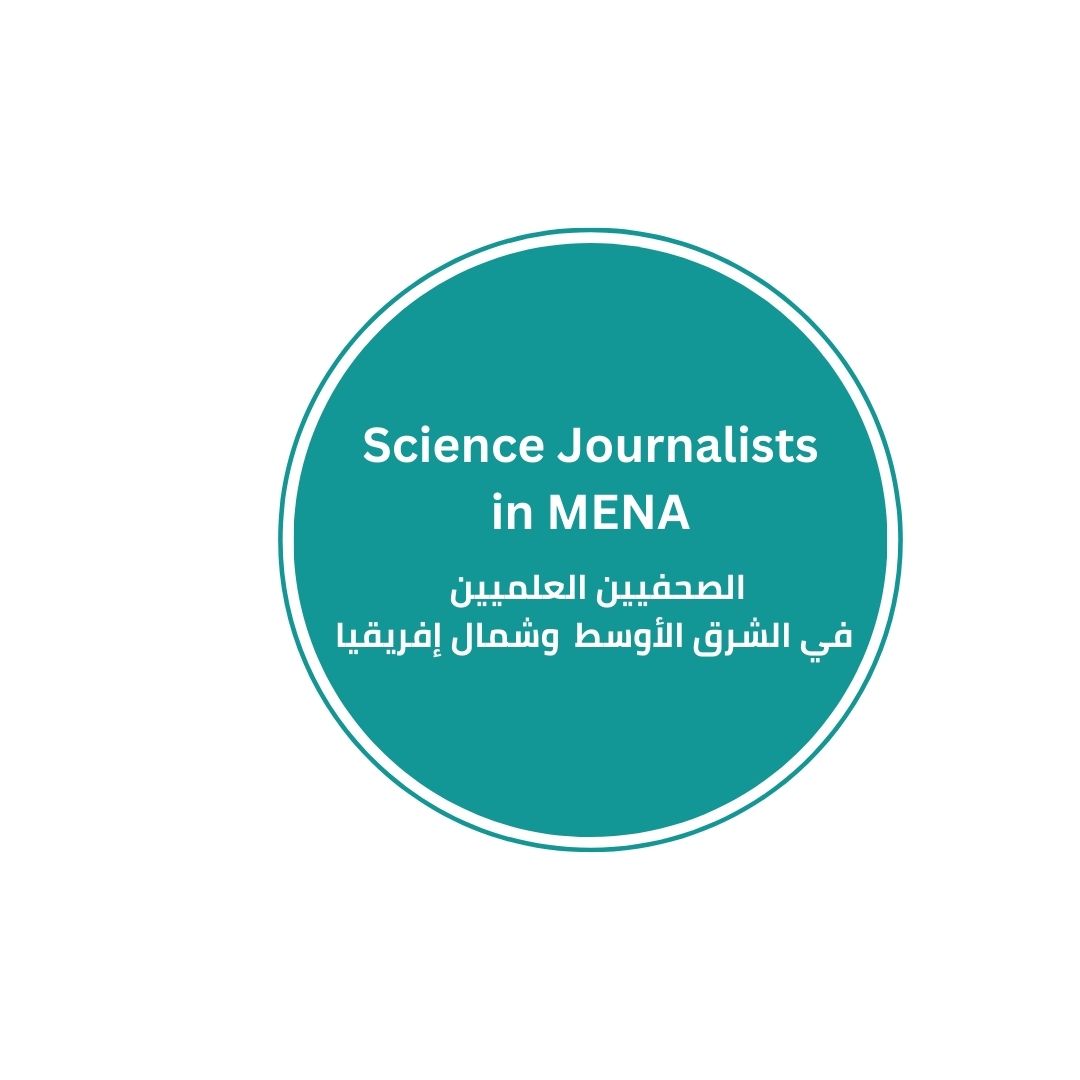
Question of the week: What ethical principles should a science journalist adhere to when dealing with scientific sources or publishing new research findings?
The science journalist is a bridge between the scientific community—comprising researchers, professors, and experts—and the general public, who may lack any background in scientific topics. This role places a responsibility on the journalist to present scientific facts accurately and ethically. Fellow journalists such as Rona Al-Masri, Saeed Al-Habib, and Aya Hamed agree on the need to adhere to a set of ethical principles to strike a balance between conveying knowledge and maintaining the credibility of scientific sources.
Firstly, a science journalist must ensure the accuracy of information before publication. Accuracy should be a top priority, as readers rely on the journalist to understand complex scientific topics. Through thorough fact-checking, the journalist can present a clear picture without exaggeration or downplaying significance. For instance, when reporting on a study about a new vaccine, the journalist must transparently showcase both the positive results and potential risks. During the COVID-19 crisis in 2020, media outlets faced criticism for prematurely reporting on unverified treatments, causing widespread public confusion. Repeating such errors undermines the media’s credibility and erodes public trust.
Secondly, the journalist must verify the credibility of the scientific sources they rely on. Using trustworthy sources is the cornerstone of science journalism, which means checking the reliability of journals that publish studies and the backgrounds of the scientists involved. For example, if a scientist claims to have developed a definitive cure for cancer, the journalist must ensure that the research is published in peer-reviewed scientific journals. Past incidents, such as the controversy over the link between vaccines and autism in 2011, highlight the dangers of relying on unreliable sources. Such mistakes can spread panic and scepticism among the public instead of providing accurate scientific understanding.
Thirdly, science journalists must respect the intellectual property rights of scientific research, avoiding the reproduction or copying of entire texts from research papers without prior permission or clear attribution. Misappropriating texts or quotes without crediting their original sources is unethical and could lead to legal issues and harm the journalist’s reputation. When writing a report on a study, the journalist should clearly and accurately cite the researcher or scientific institution and obtain permission where necessary. This practice enhances credibility and fosters positive relationships with the scientific community, which is crucial for sustainable science journalism.
Fourthly, journalists should maintain neutrality when covering scientific issues, especially when researchers have conflicting views. For example, in covering topics like genetic engineering, the journalist should present both supporting and opposing opinions along with the scientific evidence backing each other rather than favouring one side. The journalist’s role is not to express opinions but to cite sources, which should come from experts in the relevant field. Scientific accuracy is essential.
Neutrality does not mean ambiguity or evasion but offers a comprehensive scientific context supporting balanced understanding. For example, when reporting on the debate over genetically modified organisms (GMOs), the journalist should highlight the benefits of this technology, such as improved agricultural yields, alongside concerns about environmental and health impacts.
Fifthly, science journalists should avoid sensationalism and misinformation. Eye-catching headlines often tempt journalists to attract public attention, but they can lead to misunderstandings of scientific issues. For instance, when covering a study linking a specific type of food to cancer risk, the journalist should provide detailed information about sample size, study methodology, and the degree of risk rather than resorting to sensational headlines like "This Food Causes Cancer."
Sixthly, journalists must stay updated with new research and revise previous reports when necessary. If subsequent studies refute earlier findings, the journalist must inform the audience to avoid perpetuating misinformation. For example, suppose initial coverage of a study highlighted the effectiveness of a new drug for treating a specific illness, and later research uncovered serious side effects or limited efficacy. In that case, the journalist must revisit the topic and provide an update to the audience.
Seventhly, transparency is crucial for building trust between journalists and the public. If a journalist receives funding or support from an entity to cover a scientific topic, disclosing this information is not optional but mandatory. For example, when preparing a report on a scientific project funded by a pharmaceutical company, the journalist should clarify the nature of the funding and their relationship with the company, ensuring it does not compromise their objectivity or reporting accuracy.
Finally, science journalists must exercise precision in translating scientific content. When reporting on studies published in other languages, accurate translation of terms is essential to avoid misrepresenting the original meaning. For instance, mistranslating a scientific term could completely alter the public’s understanding of the subject.
Everyone agrees that science journalists act as a vital link between society and science, making them responsible for translating complex scientific issues into accessible and impactful content. This crucial role demands adherence to high ethical standards, including accuracy in information delivery, balanced presentation of opinions, respect for source confidentiality, and transparency in funding and professional relationships.
By upholding these values, science journalists disseminate knowledge and play a key role in fostering trust between the scientific community and the public. This trust is the foundation of constructive dialogue that enhances scientific awareness and encourages informed decision-making on major issues like public health, climate change, and technological innovation.
.jpg)


.jpg)


 Science Journalists MENA
Science Journalists MENA 





Add Comment